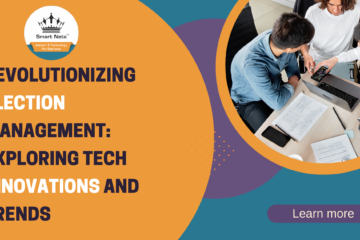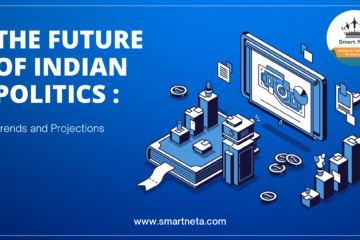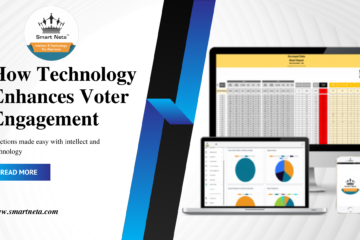
In the contemporary landscape of political campaigning, the integration of cutting-edge technology has revolutionized traditional canvassing methods. Election campaigns now heavily rely on sophisticated tools, such as canvassing apps, election software, and the strategic use of geospatial data, to optimize voter targeting and outreach. The advent of these innovative solutions has transformed the political playing field, empowering campaigners with precise insights and strategic advantages like never before.
At the heart of this transformation lies geospatial data – a powerful asset instrumental in understanding and connecting with voters effectively. Geospatial data harnesses geographical information to analyze and visualize voter demographics, behaviors, and sentiments within specific regions. This invaluable tool enables campaign strategists to delve deeper into the intricacies of voter behavior and preferences, forming the bedrock for targeted outreach efforts.
One of the pivotal applications of geospatial data in election campaigns is through dedicated canvassing apps. These apps, integrated with sophisticated mapping functionalities, empower campaign teams on the ground. Equipped with such tools, canvassers can efficiently navigate through designated territories, precisely pinpoint supporter clusters, and gather real-time data during door-to-door interactions. This seamless integration of technology streamlines the canvassing process, allowing campaigners to focus on personalized engagement and data collection while ensuring accurate record-keeping for subsequent outreach strategies.
Complementing canvassing apps, election software integrated with geospatial data further amplifies the campaign’s efficacy. Such software solutions offer comprehensive data analytics, allowing campaign managers to visualize voter information in an easily digestible format. By segmenting constituents based on location, demographics, or past voting behavior, election software empowers strategists to tailor targeted messages, devise strategic voter outreach plans, and allocate resources efficiently. This precision targeting significantly enhances the effectiveness of campaign efforts, optimizing voter engagement and mobilization.
Moreover, the war room political strategy – a centralized nerve center for campaign operations – heavily relies on geospatial data and election software. This strategic approach involves the orchestration of campaign activities and decision-making processes based on real-time data insights. Geospatial data integrated into the war room’s operations allows for quick response mechanisms, rapid adaptation to evolving trends, and agile resource allocation. The software’s ability to process and analyze massive datasets empowers campaign managers to make informed, data-driven decisions, ensuring a proactive and competitive campaign environment.
Geospatial data-driven strategies also play a pivotal role in optimizing resource allocation. Campaign budgets are finite, and efficient utilization is crucial. Through the analysis of geographic voter distribution, election software assists in identifying key battleground areas, allocating resources where they matter most. This targeted resource allocation maximizes the impact of campaign initiatives, ensuring that efforts are concentrated in areas with the highest potential for influencing voter sentiments and turnout.
However, with the increasing reliance on geospatial data in election campaigns, ethical considerations surrounding data privacy and security are paramount. Campaigns must adhere to stringent data protection measures and transparency in data usage to maintain public trust.
In conclusion, the fusion of geospatial data with advanced election technology, including canvassing apps, election software, and the implementation of the war room political strategy, has reshaped the dynamics of political campaigning. This synergy enables campaign teams to conduct targeted and personalized outreach, optimize resource allocation, and make informed decisions based on real-time insights. As technology continues to evolve, leveraging geospatial data will remain a cornerstone in the arsenal of campaign strategists, driving more effective and efficient election campaigns.



0 Comments